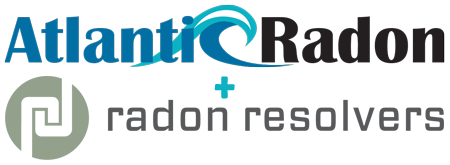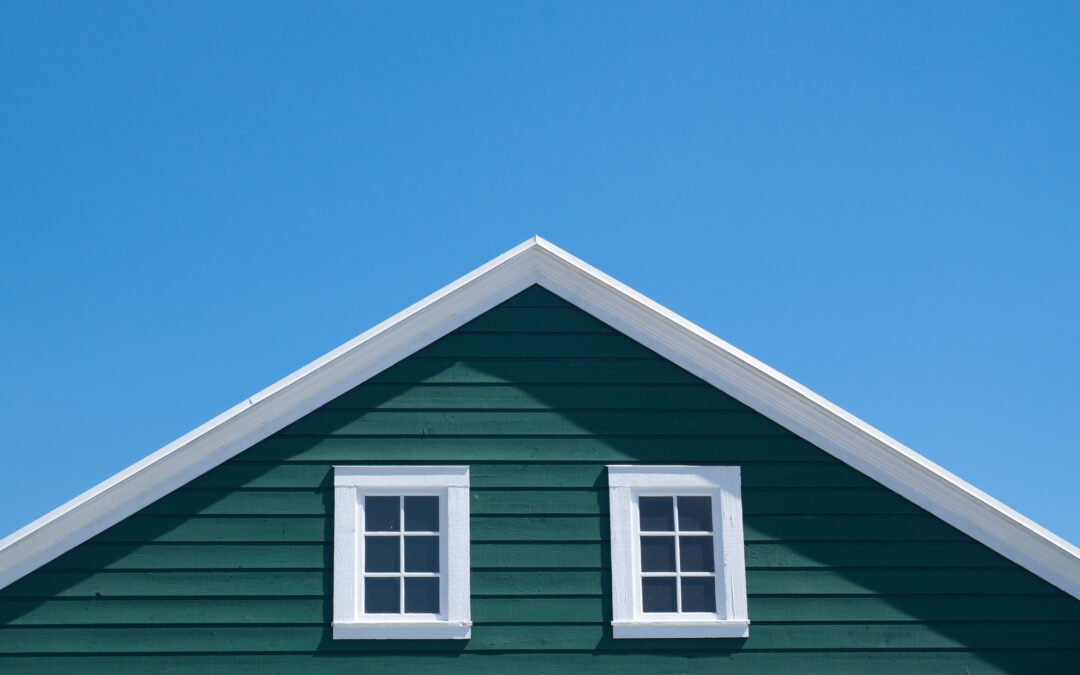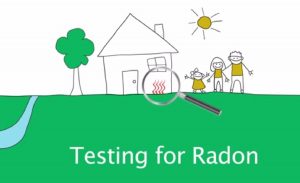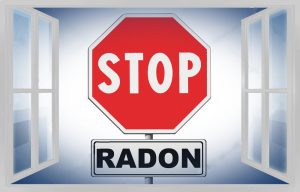Radon is a naturally occurring radioactive gas. It is naturally found in the atmosphere and in the soil at times. Radium, thorium, and uranium decay and become radon as a byproduct. It is absolutely imperceptible to humans and is colorless, odorless, and tasteless.
Being a noble gas, it has no chemical activity and only interacts with other compounds. It only reacts under unusual circumstances. It is one of the heaviest gas. It is also known for causing health risks because of its radioactive nature. Although radon is present in practically any air we breathe. But that amount is very low and negligible. Outdoor radon is normally safe to breathe. When radon accumulates inside a building, such as a home or an office, problems might occur. When heavy amounts of radon mix with the soil, it can cause hazards.
But how did radon mitigation come into being? When did people discover that radon is harmful? Why and how did they start mitigating it? Read this article to find out all about the history of radon.
Fast Facts about radon
Want to know some interesting facts about radon mitigation? Check out the section below.
- Radon is the fifth radioactive element. It was first discovered in the 1900s.
- Radon is colorless, odorless, and colorless. But radon gas has a yellow phosphorescence color below the freezing point.
- Back in history, radium was in paints to make them glow. They stopped after discovering the health risks.
- Radon has an atomic number of 86.
- Radon remains a gas at room temperature.
- Radon is 7 times heavier than air. It is also 100 times heavier than hydrogen.
- The element symbol of radon is Rn.
A brief history of radon discovery – The Stanley Watras story
Radon gas was not known to be harmful until the recent past. EPA says there is no acceptable radon level. It mentions that radon of any level is bad for people. They mention that any radon above 4 pCi/L (picocuries per liter) needs rigorous treatment. Even below 2 pCi/L should install radon mitigation systems. But how did the radon mitigation system get here? Let us find out.
Stanley Watras and his family moved to Boyertown, Pennsylvania, in January 1984. Stanley was working as an engineer for the new Limerick Nuclear Power Plant. They placed on the outside doors. This happened a few days before the facility started generating nuclear energy. Workers had to walk through them to make sure they hadn’t tracked radioactive waste. This was to ensure the safety of the outside world and their families.
One day Stanley arrived at work one morning and triggered the radiation detectors. He had just entered the building and the alarm went off. But the power plant was radioactive-free. For the next many days, Stanley kept setting off the alarms. But soon, they discovered that Stanley’s shoes were the reason behind it. It had radioactive material on it. He had carried it on his shoes from his home.
Investigations begun. They found out that Stanley’s home had 2,700 pCi/L radon. That is way above the EPA’s acceptable amount. But back then things were not so clear. Soon Stanley had to move out of his home and the EPA took over. This was an area of interest for the world. His house had much higher radon than uranium mines. After multiple attempts by the EPA, they got the radon level below 4 pCi/L.
A brief history of radon mitigation as an organized sector
Stanley’s home was the first instance of radon discovery in a residential home. This set off many alarms at high government levels. That is when they first started thinking about radon mitigation. Slowly EPA published radon zone maps of the USA in 1993. That is why all Americans are now advised to get their homes checked for radon. All houses in Alaska and South Dakota should have passive radon mitigation systems. These places have high radon zones. Hence the passive system will help them avoid any adverse conditions.
Parting Thoughts
Radon gas has many health hazards. It causes thousands of deaths every year. Though the discovery of radon was late. But now the radon mitigation system is in place. Get your homes checked for radon levels. Be safe and install a radon mitigation system at your home.




